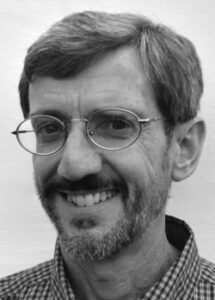Have you ever heard the story of the blind men and the elephant? They all went to “see” the same elephant, but each walked away with a completely different view.
The one who happened to fall against its broad and sturdy side cried out that the elephant was like a wall; another who touched the tusk disagreed and thought for sure it was like a spear. Feeling the squirming trunk led the one at the front to say it was like a snake. But the blind man at the back grabbed the swinging tail and said the elephant was like a rope. Touching the ear made it seem like a fan, while the one at the knee said it was very much like a tree.
And as the end of the poem concluded, “Though each was partly in the right… all were in the wrong.”
As a physician living in an age of theories, I sometimes feel like these blind men. What I see when I look at my next patient is strongly determined by the model I use and the parts I focus on.
Medical science teaches me they are two-legged bundles of organs and cells, making me a detective who doggedly digs down until I find the diseased part. If I step back with my statistical view, they shrink into tiny specks on a calculated curve who will predictably behave as average members of a standard population.
Or perhaps they are better seen with a consumer model, where patients are customers and I the provider who will deliver whatever they order on the medical menu. When systems and process thinking wins out, they are encounters to complete in 8 minutes or I fall behind in a fully-booked schedule.
And most chilling of all, economic theory sees them as “biological structures that yield future cash flows,” so the more I see the better the money flows.
Like the shouts of the blind men, all of these perspectives clamor for my attention, yet none can give me what I truly want. To do good for the patient what I need to see is the whole person made in the image of God.
But it is increasingly difficult to find this gaze in a world that has excluded the sacred from public view. Philosopher Augusto Del Noce, in “The Death of the Sacred,” says “the single theme of the various new theologies of demythologization, secularization, the death of God, and so on, is … that the modern age is marked by the transition from the vertical to the horizontal dimension.”
But without a vertical dimension, we have little awareness when we are walking on ground that is holy and firm, leaving us with present realities that are little more than malleable matter we can trample on with whatever theory best serves the materialist mindset.
In order to reclaim holy ground, we will need to re-imagine our work by searching for the places where God once walked. And we may have to get down and dirty to do it, on our knees and with our hands to the ground.
I would suggest that a good place to start is wherever people are in need and vulnerable to exploitation. In my context, a patient in a room with a healthcare practitioner has been a place like that throughout the history of medicine. Here people often feel vulnerable, either sick or wondering if they might be, and desperately hoping to find someone they can trust who will put their interest above all others. This is the ground I have chosen to recover. And for me the eyes of my imagination are best opened by reinterpreting my reality through the biblical story.
Though I am sure you will find my interpretation peculiar, there is a biblical event familiar to many because it is found in all four gospels. Jesus is in Jerusalem, and as he enters the temple, the most sacred place of worship in Judaism, he finds tables overflowing with money and the place filled with products for sale. The people need an offering, and at the moment they are captive to the monopolized pricing structure of the moneychangers. In one of the few moments when the Scriptures report his anger, he overturns the tables and drives everyone out. “Get these out of here!” he says. “How dare you turn my Father’s house into a market” (John 2:16).
It is my belief that when a person comes to the medical profession seeking help in sickness, the professional-patient relationship becomes a sacred moment. In revealing themselves to another at a level of intimacy unmatched in most human encounters, patients will expose their bodies for examination in the most vulnerable ways possible in their hope for healing.
While good business practices are necessary to run any human program, the market should not invade this sacred space. I must do all I can to protect it, recognizing the importance of the moment for the patient, and the need to be found worthy of their trust.
Where are you letting holy ground become just another place to transact business in your life and work endeavors?
I have no doubt that your spaces, like mine, are easily desacralized by the theories that organize your particular world in order to serve the consumptive spirit of the age. But if you love your field of endeavor, which I hope you do, and desire “to seek the peace and prosperity of the city” (Jeremiah 29:7) where you dwell, which I know to be a high and noble purpose for any work, then you will have to figure out how to reclaim your holy ground.
G.K. Chesterton, in his clever and insightful book, Orthodoxy, said “this, as a fact, is how cities did grow great. Go back to the darkest roots of civilization and you will find them knotted around some sacred stone or encircling some sacred well. People first paid honor to a spot and afterwards gained glory for it. Men did not love Rome because she was great. She was great because they had loved her.”
Love your city, care about your work, and find, circle around, and protect the sacred spaces in your workplace.
You will likely find yourself inviting God back in to where he actually never left.

